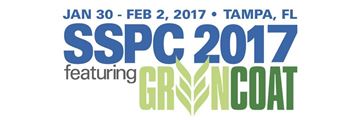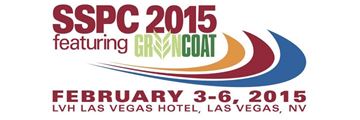Search
Products tagged with 'waterborne'
View as
Sort by
Display
per page
NACE Publication 43113-2013-SG, "Waterborne Coatings on Railcars"
Product Number:
24249-SG
Publication Date:
2013
$109.00
New Additives for Environmentally Friendly Coatings
Product Number:
41206-236-SG
Publication Date:
2006
$20.00
New Solvent-Free Waterborne Epoxy Resin Dispersion for Low VOC 2-Pack Protective Coatings
Product Number:
41212-723-SG
Publication Date:
2012
$20.00
Newly Developed Waterborne Phenalkamine for Corrosion Resistant Primers
Product Number:
51217-083-SG
Publication Date:
2017
$20.00
Novel Isocyanate-Free Resins for 1- and 2K Protective Coatings
Product Number:
51219-193-SG
Publication Date:
2019
$20.00
Novel Waterborne Technology Paves a New Roadway for Alkyds
Product Number:
41215-935-SG
Publication Date:
2015
$20.00
One-Component Waterborne Polyurethane Dispersion (PUD) Topcoat TwoComponent Polyurethane Performance
Product Number:
41206-296-SG
Publication Date:
2006
$20.00
Optimization of Non-Toxic Anticorrosives in Water Borne Coatings
Product Number:
51217-075-SG
Publication Date:
2017
$20.00
Performance Comparison of Waterborne and Solvent-Borne Epoxy Primers
Product Number:
41212-688-SG
Publication Date:
2012
$20.00
Polyurethanes in Seamless Polymer Flooring Systems
Product Number:
41209-520-SG
Publication Date:
2009
$20.00
The Performance of Waterborne Acrylic Coatings in an Accelerated Testing Protocol
Product Number:
41206-226-SG
Publication Date:
2006
$20.00
Ultra Low VOC High Performance Waterborne Coatings
Product Number:
41206-276-SG
Publication Date:
2006
$20.00












